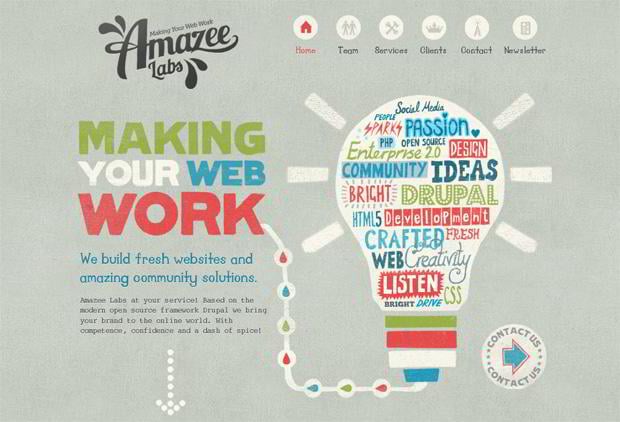The Growth Of Site Layout: From Earlier Times To Currently
The Growth Of Site Layout: From Earlier Times To Currently
Blog Article
Written By-Thorsen Stender
In the past, internet sites were straightforward and concentrated on details. Navigation was straight, and style was for desktop computers. Now, customer experience is essential. Information overviews designs for very easy navigating. Responsive formats suit different devices. Today, dark mode lowers stress, and minimal food selections boost navigation. Interactive functions engage customers, and vibrant visuals attract attention. AI assimilation increases interaction. See just how simply click the following website page has evolved to boost your on the internet trip.
Early Days of Web Design
In the early days of web design, simplicity preponderated. Sites were fundamental, with minimal colors, fonts, and designs. The emphasis was on giving info instead of fancy visuals. Users accessed the web through sluggish dial-up links, so speed and capability were vital.
Navigation food selections were straightforward, normally located on top or side of the web page. Websites were made for desktop, as mobile browsing had not been yet widespread. Web content was king, and developers focused on easy readability over complicated layout aspects.
HTML was the key coding language utilized, and designers needed to work within its restrictions. Computer animations and interactive features were minimal compared to today's criteria. Internet sites were fixed, with little dynamic material or customized individual experiences.
Rise of User-Focused Style
With the development of website layout, a change in the direction of user-focused layout principles has actually ended up being increasingly noticeable. Today, creating web sites that prioritize individual experience is critical for involving site visitors and accomplishing business objectives. User-focused layout entails comprehending the requirements, preferences, and behaviors of your target audience to tailor the web site's format, web content, and includes as necessary.
Developers now carry out detailed research study, such as individual surveys and usability testing, to collect insights and feedback straight from users. This data-driven technique helps in producing intuitive navigating, clear calls-to-action, and visually appealing interfaces that resonate with visitors. By positioning the individual at the center of the design process, web sites can deliver a much more personalized and enjoyable experience.
Receptive design has likewise become a key aspect of user-focused style, guaranteeing that sites are enhanced for different gadgets and screen sizes. This versatility boosts availability and functionality, satisfying the diverse methods customers communicate with web sites today. Essentially, the rise of user-focused style indicates a shift towards producing electronic experiences that prioritize the requirements and expectations of the end customer.
Modern Trends in Web Design
Discover the current fads forming website design today. One prominent pattern is dark setting layout, providing a sleek and contemporary appearance while lowering eye pressure in low-light settings. One more vital pattern is minimalist navigating, streamlining food selections and enhancing user experience by concentrating on essential elements. Incorporating micro-interactions, such as computer animated buttons or scrolling impacts, can create a more engaging and interactive site. Responsive layout continues to be important, guaranteeing seamless user experiences across various gadgets. In addition, using bold typography and asymmetrical designs can add visual passion and accentuate certain material.
Incorporating AI innovation, like chatbots for client assistance or individualized recommendations, enhances customer interaction and enhances processes. Access has additionally end up being a considerable pattern, with designers focusing on comprehensive style practices to cater to varied individual demands. Accepting sustainability by maximizing web site efficiency for speed and effectiveness is an additional arising pattern in web design. Working together with customer comments and information analytics to iterate and boost style continuously is vital for remaining relevant in the ever-evolving electronic landscape. By embracing these modern-day trends, you can create an aesthetically attractive, straightforward web site that resonates with your audience.
Final thought
As you review the development of web site layout from the very early days to currently, you can see just how user-focused design has come to be the driving pressure behind modern-day fads.
Welcome the trip of modification and adaptation in web design, constantly maintaining the user experience at the center.
Stay current with the current fads and innovations, and never ever stop developing your technique to create visually magnificent and user-friendly sites.
Develop, adjust, and develop - the future of web design remains in your hands.
